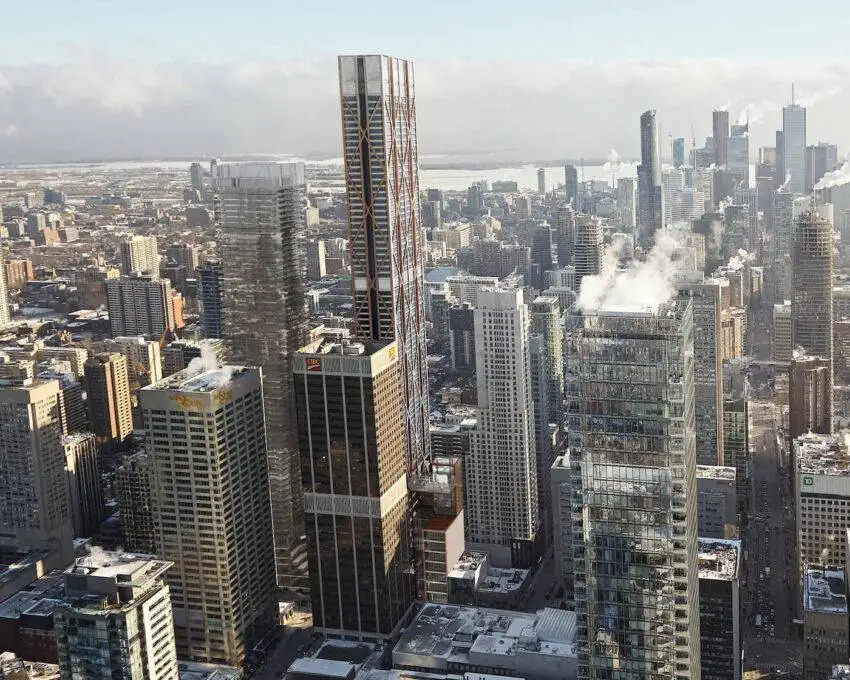Overview: a guide to understanding receivership in Canada, including what it is, the process, examples, and advice on how to avoid it.
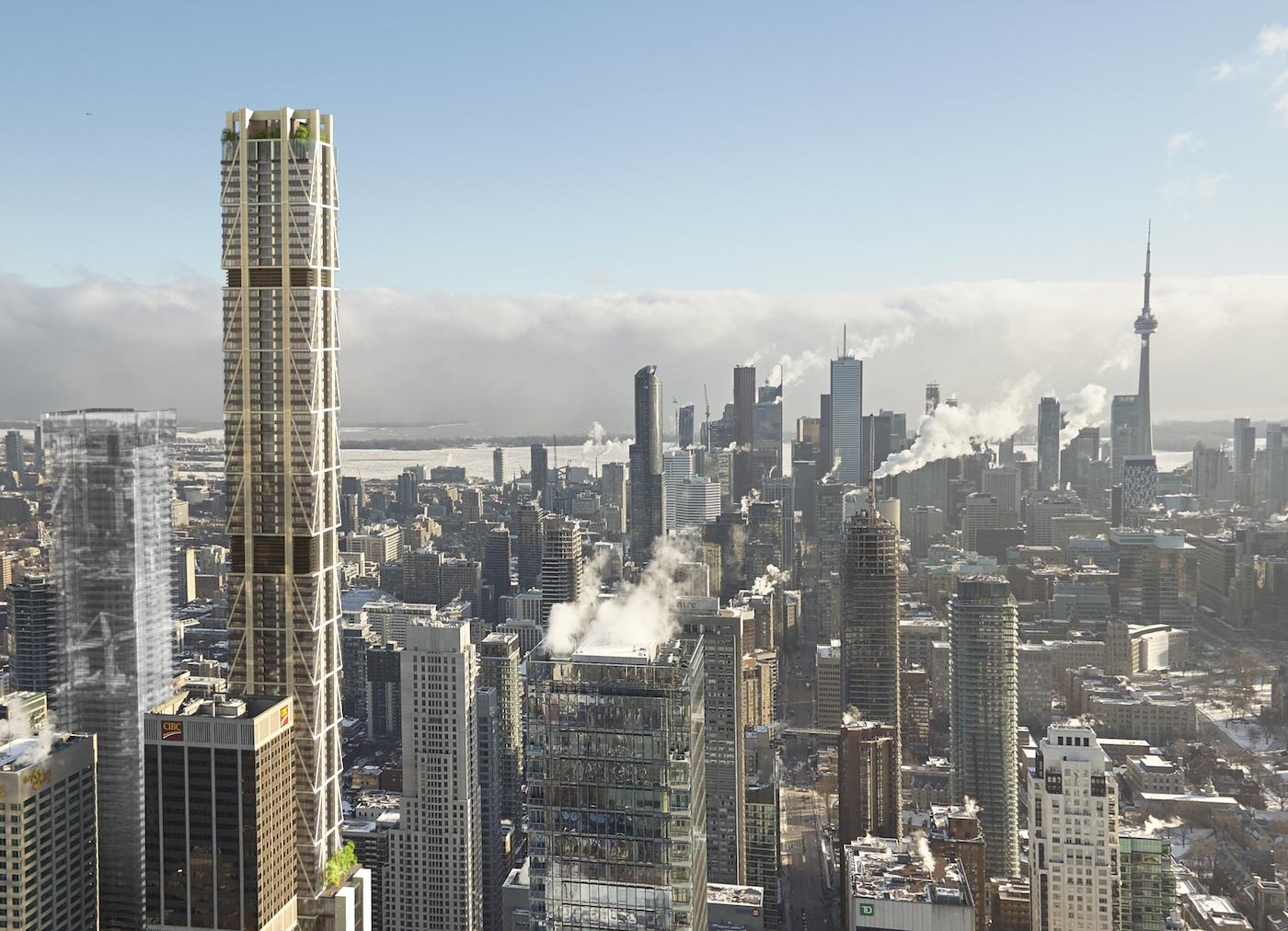
The news didn’t come as a surprise, since the condo has faced years of delays and rising costs.
But what is surprising is that it happened in Toronto, a city where demand for housing is so strong.
So what is receivership?
How common is it?
And how can you avoid buying a property that may go into receivership one day?
Let’s find out…
What Is Receivership?
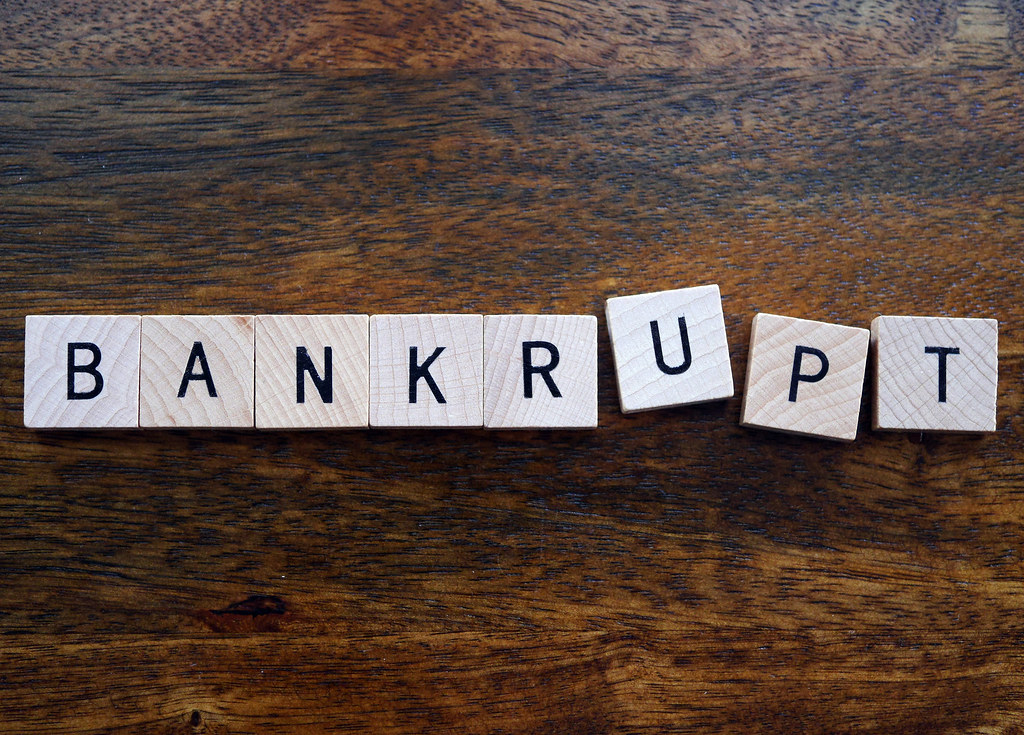
Receivership occurs when a business is unable to repay a secured loan.
A secured or collateral loan is one where the lender has a legal claim on the borrower’s assets, such as property.
If the borrower fails to repay a loan, the lender can take control of their assets and sell them to recoup their loss.
This process, called receivership, is carried out by someone known as a receiver.
A receiver is a third party appointed by a court or secured creditor.
Their responsibilities include:
- Taking control of the debtor’s property
- Overseeing the liquidation of assets
- Distributing the money from liquidation accordingly
Although the terms bankruptcy and receivership are often used interchangeably, they’re quite different.
Bankruptcy refers to relieving a business of its unsecured debts, whereas receivership uses collateral from a borrower to repay the lender of a secured loan.
What Happens When A Developer Enters Receivership
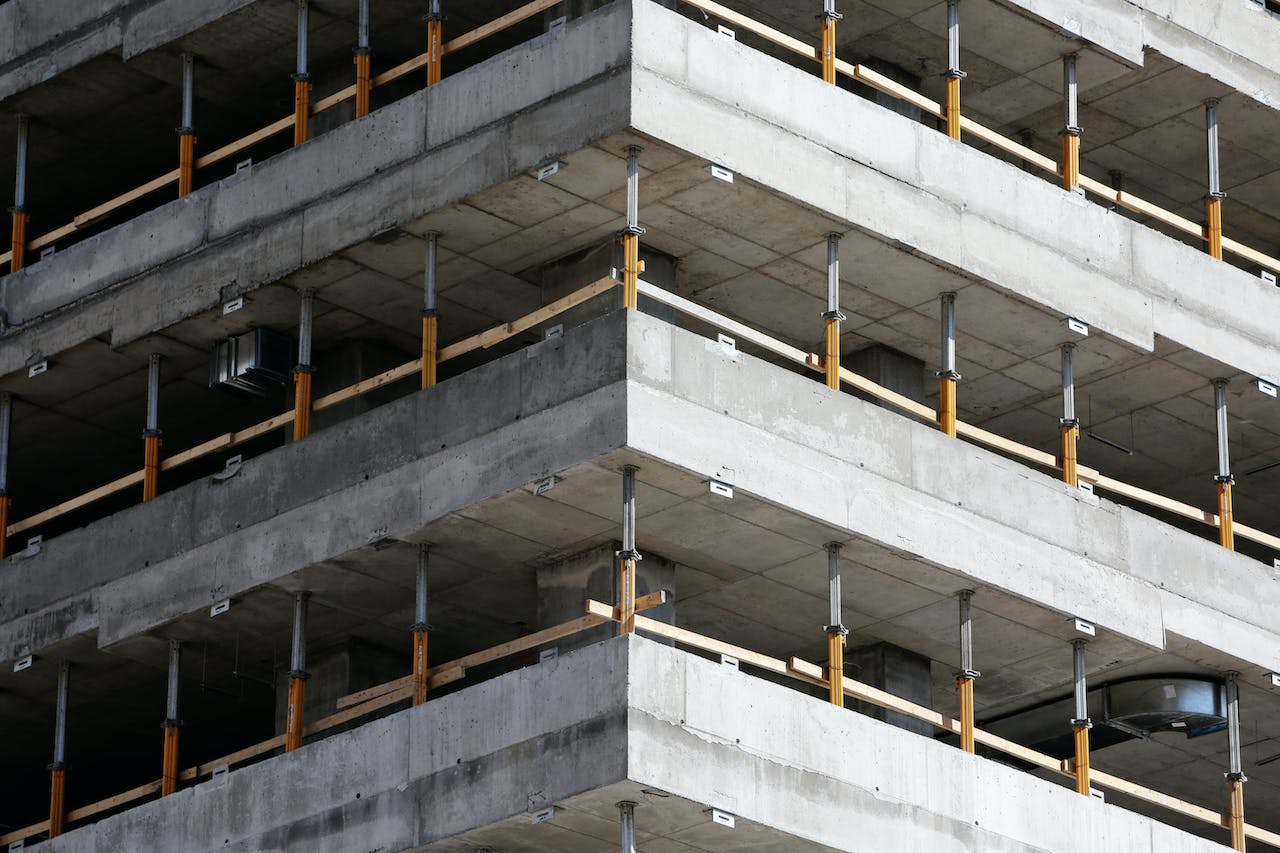
The receiver (not the developer) can choose to sell the project to another builder who finishes it.
However, this scenario depends on a number of factors.
These include: how far along the project is, how many units have already been sold, the level of interest among other developers, and its location.
In fact, location is key to whether an insolvent condo will end up being built or not.
Besides selling the condo to another builder, the receiver can also apply for Debtor In Possession (DIP) financing on behalf of the developer.
According to BennettJones.com:
DIP financing describes a situation where an insolvent company (i.e., the debtor) remains in possession of its affairs in a restructuring process and receives additional financing from either a current creditor or a third party.
DIP loans come with strict legal oversight and very high interest rates, but it allows a company to keep control of its assets.
The result is that developers are given the time and money needed to finish a property that has entered receivership.
DIP loans are more likely to be granted if a condo becomes insolvent in a densely-populated area.
That’s because stopping construction in places with high housing demand looks bad for the government (which is why DIPs are viewed as a form of government bailout).
How Common Is Receivership In Canada?
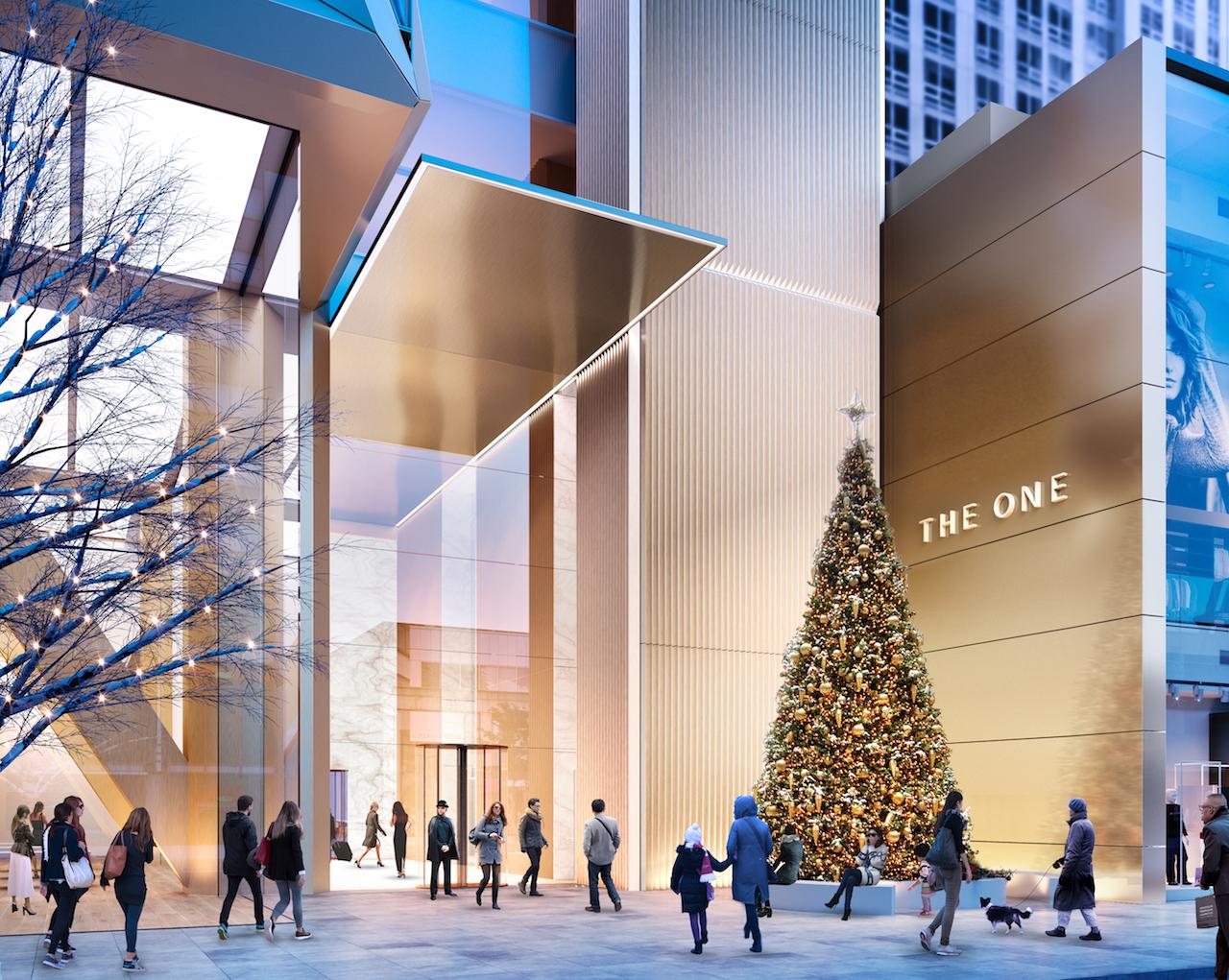
And for good reason….
At 91 storeys, the condo will claim the title of Canada’s tallest building.
Its retail podium was supposed to contain several restaurants, a luxury hotel, and a massive new Apple Store.
Plus it’s located at the intersection of Yonge and Bloor in Toronto’s upscale Yorkville neighbourhood.
Glamour, prestige, location—The One had it all.
So what went wrong?
CBC News explains:
The One…was taken over by a court-appointed receiver this week after the project’s financiers defaulted on more than $1.2 billion in loans on the project.
The condo has been facing years of delays, setbacks and skyrocketing costs, its budget ballooning from an estimated $1 billion to a staggering $2 billion.
Given all of the above, The One’s receivership doesn’t come as a surprise.
Besides The One, other recent receiverships include three condos in Toronto, one in Kitchener, and a dozen houses in Vaughan.
As blogTO reports, things may get even worse:
Some [buyers] are even bailing on pre-construction projects and leaving hefty deposits behind…which is leaving builders without the confidence (or capital) to proceed with ongoing housing projects.
Statistics Canada also predicts the number of insolvencies and receiverships will rise in the future.
So what can buyers do to protect themselves?
Buyer Protections
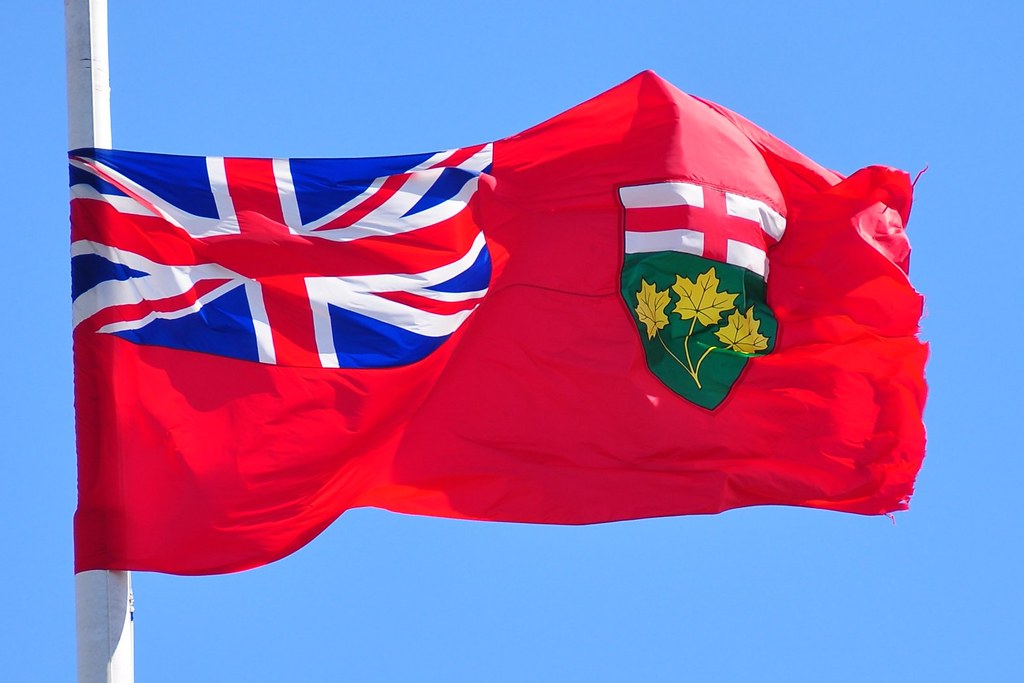
Tarion is a non-profit created by the Ontario government to oversee the province’s new home warranty program.
But it does so much more than that, including educating buyers about their rights, investigating illegal building practices, and offering deposit protection on home purchases.
When it comes to coverage for freehold properties, Tarion’s website informs:
If you signed your purchase agreement before January 1, 2018, your deposit is protected by Tarion up to a maximum of $40,000.
For freehold homes purchased after January 1st, 2018, Tarion covers up to $50,000 of the deposit, or 10% of the purchase price (up to a maximum of $100,000) for homes over $600,000.
Condo buyers are also protected under the Condominium Act, which states that developers must place deposits into a trust.
What happens if the condo becomes insolvent?
According to Tarion:
If your purchase agreement is terminated by your builder, your deposit must be returned to you in full within 10 days. If your builder does not return your deposit, Tarion provides deposit protection of up to $20,000.
Furthermore, new condo developers have to provide a Delayed Occupancy Warranty when buyers sign a purchase agreement.
This is a guarantee from the builder that your condo will be ready for occupancy by a specific date.
If the date is not met (e.g. due to construction delays or receivership), the builder is required to compensate the buyer.
Advice For Buyers

The good news is that most pre-construction contracts have clauses that deal with insolvency.
For example, developers place deposits into a trust, which can be recovered in case a condo enters receivership.
Another option is to wait out the receivership process.
According to Catalyst:
As the purchaser of a future unit, it is often well within your right to maintain your reservation until completion of the development.
Since a receiver can choose to sell the condo to another developer, buyers may simply have to wait for their condo to be built.
Buyers should also consider an urban location when purchasing a pre-construction condo.
Since DIP loans are more likely to be granted for condos in heavily populated areas, a condo in downtown Toronto may be a safer choice than one in the suburbs.
Finally, research the developer and answer the following questions:
- How many years of experience does the developer have?
- How many projects have they successfully completed?
- Have they built any other condos in that location?
- Have any of their previous projects entered receivership?
- How many developers does the project have?
Having multiple developers working on a condo could be an advantage, since it provides more sources of financing.
However, it should also be noted that even big developers can go into receivership (such as The One).
Receivership Conclusion
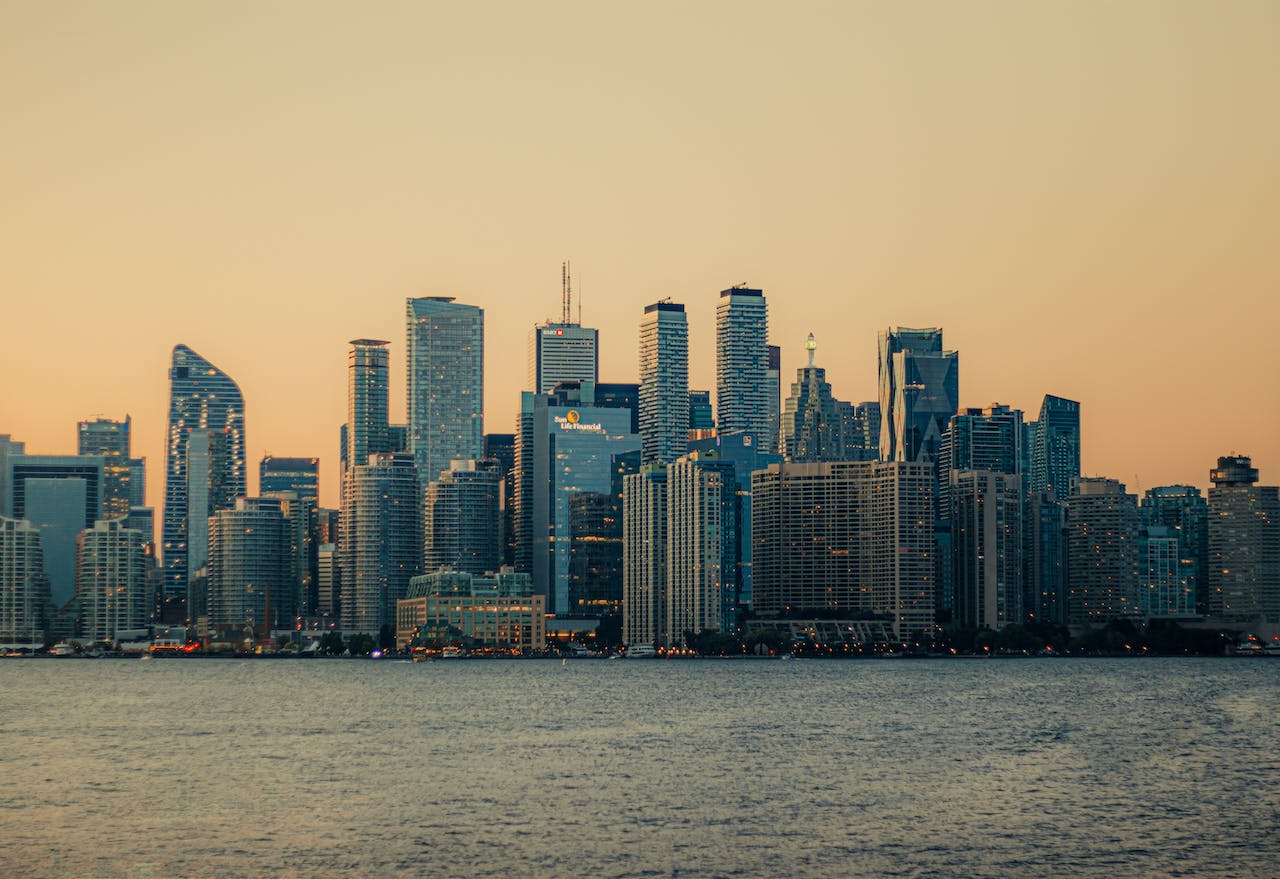
Even in a city like Toronto, where housing demand is far greater than supply, a condo can enter receivership.
While receivership can be crushing to developers, buyers can still come out relatively unscathed.
For example, they can get their deposits back, or wait for their condo to be sold to another developer who finishes it.
In fact, work is still continuing on The One, which now has an expected completion date of March 2025.
Want to know more about receivership? Simply contact me below.
Wins Lai
Real Estate Broker
Living Realty Inc., Brokerage
m: 416.903.7032 p: 416.975.9889
f: 416.975.0220
a: 7 Hayden Street Toronto, M4Y 2P2
w: www.winslai.com e: wins@winslai.com
*Top Producer (Yonge and Bloor Branch) — 2017-2022

